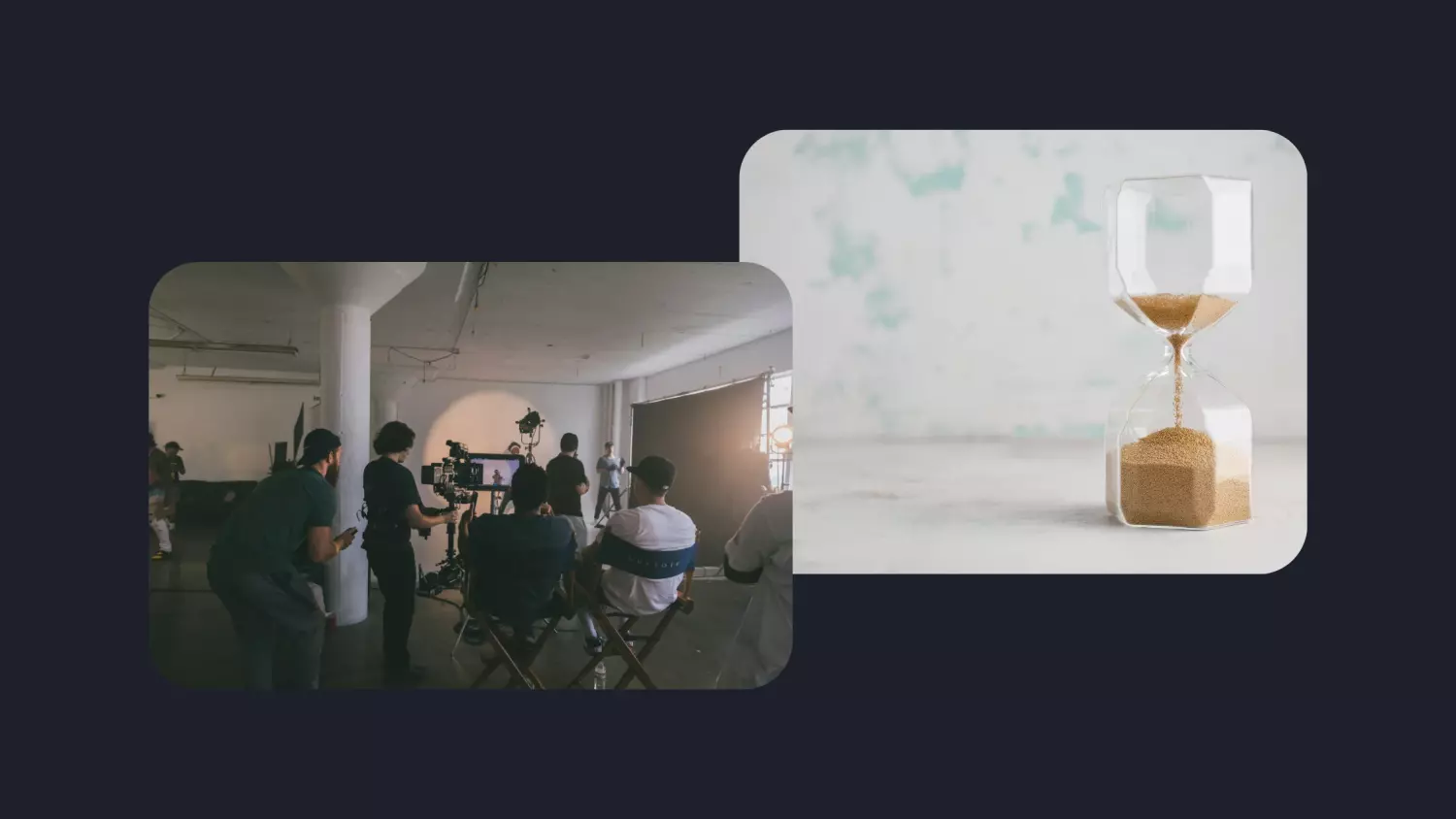Fashion and e-commerce have long been intertwined, but the pace of innovation in the industry has accelerated faster than ever before. At the recent London Fashion E-commerce Summit, we sat in on a lively panel moderated by Roxi Bolobita from BigCommerce. With insights from Ashley Hubbard (Grenson Shoes), Bronwyn Seier (The Seam), Chuan Huang (MUJI), Katie Adams (Abercrombie & Fitch), Shahbaz Khokar (Venture Beyond), and Sofia Mir (Thomas Sabo), the conversation ranged from AI and sustainability to social commerce and omni-channel trends.

Here’s a look at what the future holds for fashion and e-commerce—and why it’s looking brighter than ever.
Biggest challenges in fashion ecommerce
Roxi Bolobita from BigCommerce started with a reality check: balancing customer demands with profitability is getting challenging.
- 32% of shoppers abandon purchases due to slow delivery.
- 51% shop elsewhere if they find a better price.
Speedy delivery, low costs, and frictionless online purchases are top priorities. This puts a lot of pressure on brands to meet these demands while staying profitable and efficient.
AI is everywhere (and it’s just getting started)
Shahbaz Khokar, who’s unofficially earned the nickname “The AI Guy,” broke down its potential in three buckets:
- Creative production: Brands can now create AI-generated images and videos that look just as good (if not better) than traditional shoots, but for a fraction of the cost.
- Customer experience: From personalised recommendations to smarter chatbots, AI is making shopping journeys more seamless and relevant.
- Operations: AI tools are streamlining backend processes like inventory management and email responses, saving brands time and money.
AI is here to stay, but it’s all about how you use it to enhance—not replace—the human touch.
Social media as the new search engine
Katie Adams, VP of Marketing at Abercrombie & Fitch, shared that social platforms like TikTok and Pinterest are quickly becoming the go-to search engines for younger audiences. The visual and engaging nature of these platforms makes them perfect for discovery. Katie emphasised the importance of brands creating inspiring, entertaining content—whether that’s styling tips, influencer collaborations, or behind-the-scenes glimpses.
Sofia Mir, Head of Marketing at Thomas Sabo, echoed this, noting how social commerce is more about building a community and connecting with consumers through content that resonates with their interests and aesthetics.
Sustainability isn’t just a trend
According to Drapers’ survey, 57% of Gen Z and Millennials say sustainability matters when they shop. But as Bronwyn Seier from The Seam pointed out, customers aren’t motivated by guilt—they’re motivated by longevity and value.
Bronwyn highlighted how repair services are gaining traction as customers look to invest in high-quality pieces they can keep for years. Brands like Net-a-Porter and Adidas are already partnering with The Seam to offer white-labeled repair solutions.
Chuan Huang from MUJI also shared how the brand is reducing waste, from using recyclable materials to rethinking packaging. And then there’s the challenge of e-commerce operations—like minimising the environmental impact of deliveries.
It's not just about what we sell, but how we sell it
Chuan Huang - Head of Digital & eCommerce, MUJI
Future trends: What’s next for fashion e-commerce?
When asked about the future of fashion e-commerce, the panellists shared some big ideas:
- Digital product passports: Bronwyn envisions a world where every item has a scannable ID showing its origins, materials, and care instructions. This could streamline repairs and reselling.
- Augmented reality: Sofia predicted we’ll see more tools that let shoppers visualise outfits and style pieces before they buy.
- Omni-channel experiences: Shahbaz raved about Zara’s click-and-collect system. It’s smooth, efficient, and a great example of blending online and in-store shopping.
In conclusion…
The future of fashion e-commerce isn’t about choosing one trend over another—it’s about combining them in ways that make shopping easier, more enjoyable, and more sustainable for consumers. Whether it’s AI-driven personalisation, AR-powered try-ons, or repair services that keep clothes in use longer, the industry is heading toward a more thoughtful, efficient future.
For fashion brands looking to stay ahead of the curve, the key is to innovate continuously, communicate authentically, and prioritise customer experience at every touchpoint.






